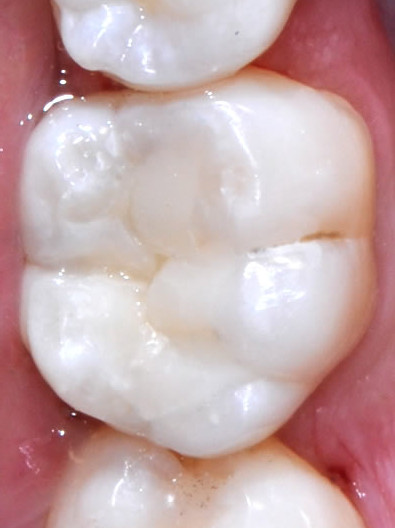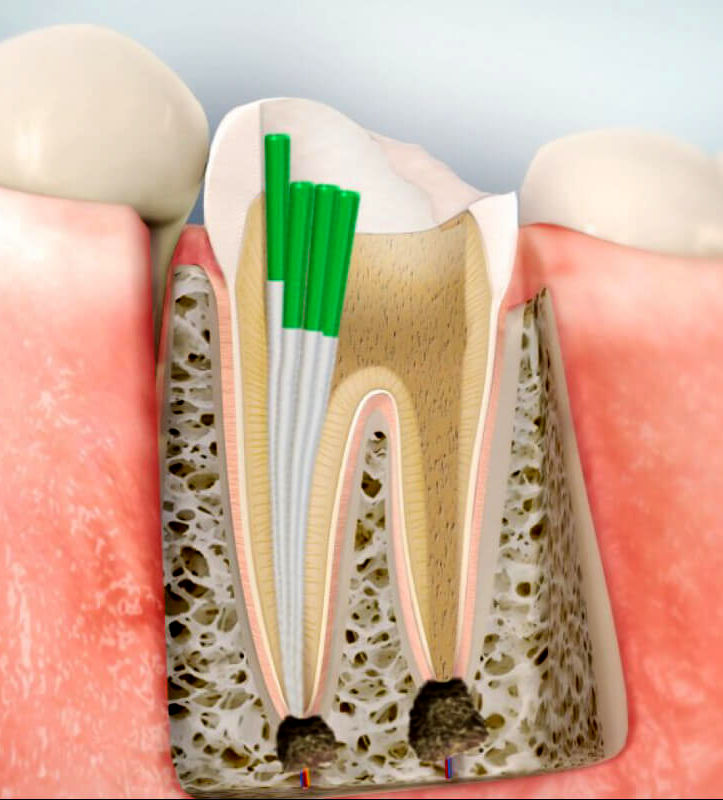Conservative dentistry
In restorative dentistry the healthy tooth structure is obtained, destroyed and carious regions are removed gently and the lack of substance, the “hole”, replaced by fillings. In deeply decayed and / or inflamed teeth root canal treatment (endodontics) is performed concomitantly.
Restorative treatment
• Fillings
• Inlays and partial crowns
The restorative treatment depends on the extent of the defect and state of the tooth. Depending on either simple fillings are made or inlays or partial crowns.
The fillings are modeled directly after preparation of the defect in the tooth. Used for fillings is a tooth-colored quality material named composite. Amalgam is also a materialwise high quality material that is greatly come in for criticism because of his poisonous mercury content.
The fillings are modeled directly after preparation of the defect in the tooth. Used for fillings is a tooth-colored quality material named composite. Amalgam is also a materialwise high quality material that is greatly come in for criticism because of his poisonous mercury content.
However, if the defects reach deep under the gums or the extent of the defect is too large, no durable filling can be achieved with composite any more. In those cases it is recommended to make a fill in the form of an inlay or a partial crown.
Inlays and partial crowns are laboratory-made fillings. They are not modeled directly in the tooth, but on the basis of an impression of the tooth defect by the dental technician specifically for you. In a second session, these fillings are then glued into the tooth. They consist either of gold or tooth-colored ceramic. The choice of material again depends on the extent and location of the tooth defect.
Endodontology
Far-reaching tooth decay, fractures which reach to the dental nerve (pulp) or inflammation of the dental nerve are symptoms which make a root canal procedure necessary in order to preserve the tooth in the mouth. Mostly, the only alternative to a root canal procedure is the extraction of the tooth.
During a root canal procedure, the dental nerve is extracted and the created cavity filled with a special dental rubber (gutta-percha).
During a root canal procedure, the dental nerve is extracted and the created cavity filled with a special dental rubber (gutta-percha).


